The UNESCO World Heritage Site is located on the Tagus River in Lisbon.
It is one of the most visited tourist destinations and has even been named one of Portugal’s seven wonders.
The famous King Manuel I carved the historic architecture out of white limestone.
The Jerónimos Monastery, easily one of the most beautiful works of architecture in all of Portugal, has a long history regarding the country’s political development.
Read on to learn some fantastic facts about Jerónimos Monastery!
The Jeronimos Monastery features the Uncommon Manueline Style
This was one of the artworks that resulted from the transition during the Renaissance period.
It was popularly known as Portuguese late Gothic architecture.
Decorative paneling on windows, arcades, and pillars is a prominent feature of this architectural style.
The stonework inlays are intricately made, displaying complete craftsmanship.
The Jerónimos Monastery was designed by the influential Portuguese architects Diogo Boitac and Joo de Castilho.
Jerónimos Monastery is one of Portugal’s Seven Wonders
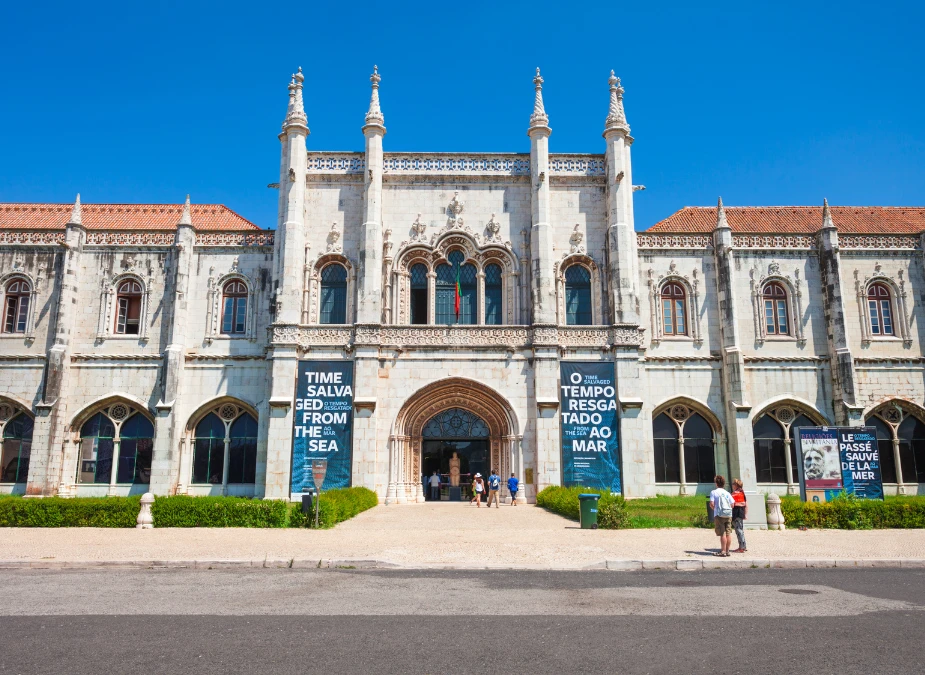
If you visit Portugal, you should not miss the Jerónimos Monastery, named one of the country’s seven wonders.
Not only that but there is an additional benefit to visiting the location.
You can also visit the Belem Tower, built between 1514 and 1520 AD and just a few minutes walk from the monastery.
The Belem Tower is also one of Portugal’s seven wonders.
Vasco da Gama’s Tomb is in Jerónimos Monastery
Some members of the ruling class and their families are now buried at the monastery.
King Manuel I, as well as family members, were buried here. Vasco da Gama, one of the most famous sailors and explorers who opened the trade route to India, is also buried here.
His relics were moved from the St. Francis CSI Church in Kochi, India, to the Nossa Senhora das Relíquias Monastery and then to the Jerónimos Monastery.
Jeronimos Monastery is Dedicated to the Virgin Mary
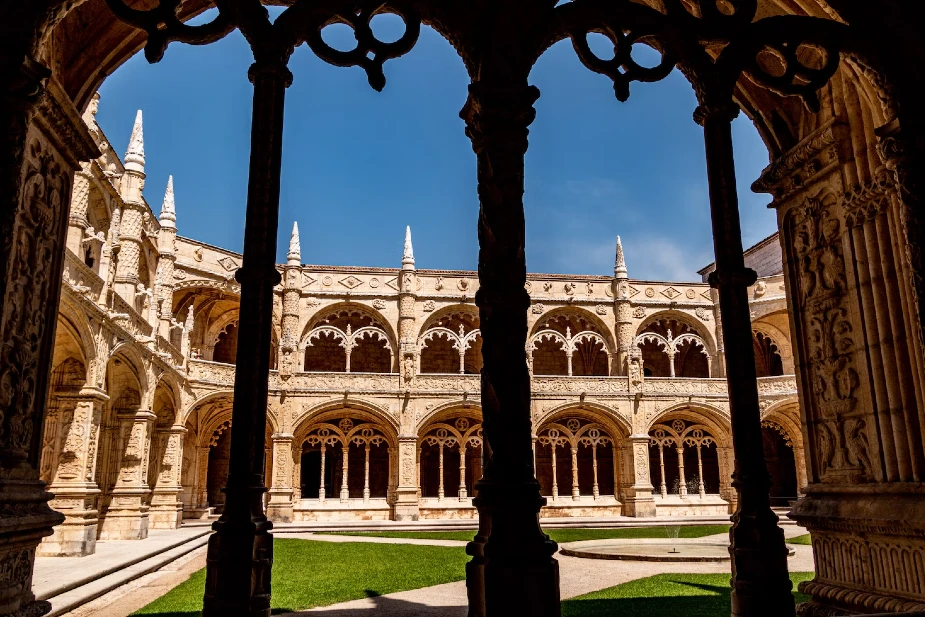
Because Portugal is a coastal country, sailors frequently navigated to and from Belem.
As a result, the monastery was consecrated for the safety of voyagers who undertook navigation and made significant advances for Portugal.
The voyage of famous explorer Vasco Da Gama and other sailors was thought to have been made possible by the Virgin Mary’s blessing.
As a result, the Jerónimos Monastery was ordered to be built in 1496.
Monks Live in the Jerónimos Monastery
Previously, the Jerónimos Monastery was home to the Order of Saint Jerome monks.
The main task of all the monks who lived there was to conduct spiritual discourse and pray for the sailors, the King, and his family members’ well-being.
Even though the system was terminated in 1833, it is still one of those places where you can hear the monks’ silent meditations, prayers, and spiritual orders.
Buy the tickets for the Jerónimos Monastery and experience its architectural masterpiece.
One of the Most Famous Desserts was Invented at the Jeronimos Monastery.
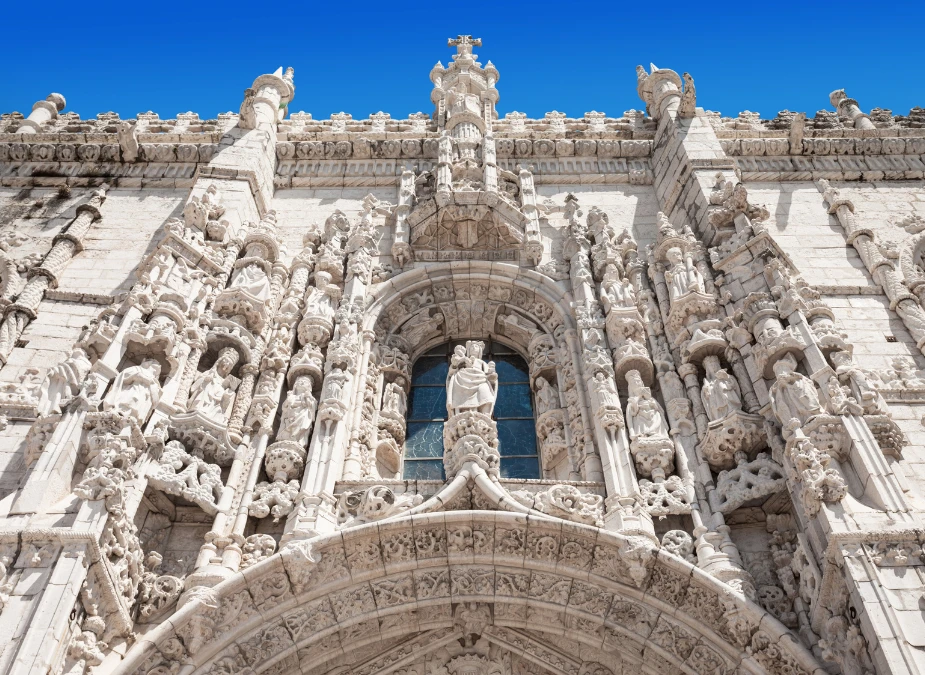
Pastel de Nata is a Portuguese custard tart invented at the Jerónimos monastery.
It is believed that the Jerónimos Monastery’s monks starched their white clothes with egg white.
However, they did not waste the egg yolk. Thus, the yummiest pleasure of Pastel de Nata was discovered here.
Even though the dessert has become quite famous, the excitement of having it served to you in the place where it originated is beyond description!
Jerónimos Monastery Speaks of the Age of Exploration
Portuguese-Gothic architecture was constructed when Europe underwent massive changes in art, science, philosophy, technology, and other fields.
It also represents the Portuguese country’s great wealth, power, and resources at the time.
The Manueline architecture pays homage to the period of discovery in which the Jerónimos monastery was constructed.
There is a Thai Pavilion in Portuguese Style at the Jerónimos Monastery.
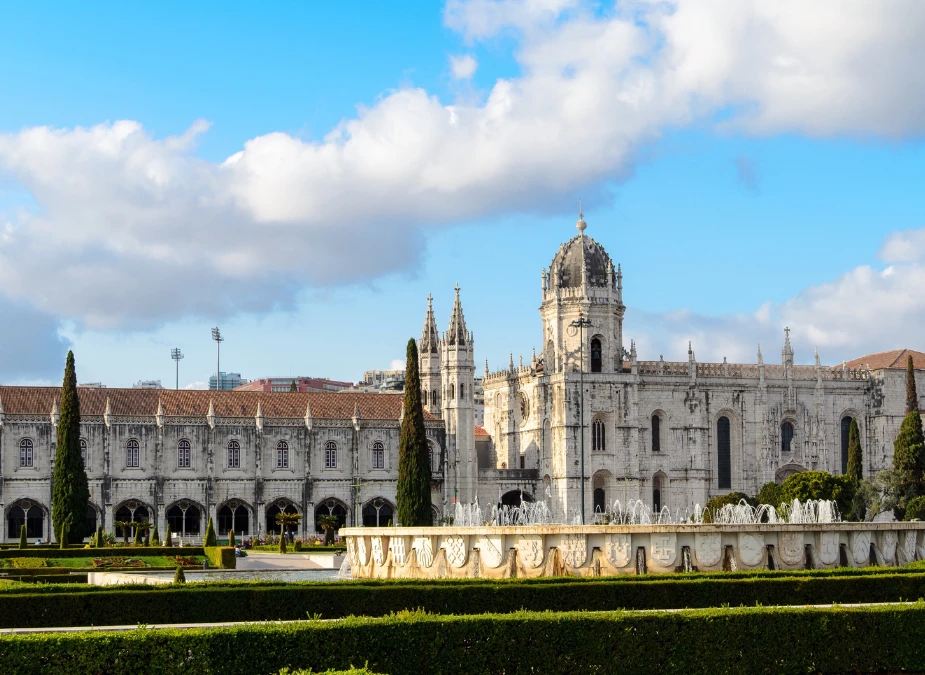
A Thai pavilion built in Bangkok was sent to Jerónimos Monastery to commemorate the eventful day of the Portuguese arrival in Thailand and to mark the 500 years of the pleasant journey together.
The pavilion stands 22 feet tall and is decorated with a red and gold structure.
The pavilion’s roof is modeled after the skin of a dragon, as is common in Thai architecture.
UNESCO Designated Jerónimos Monastery as a World Heritage Site in 1983.
Jerónimos Monastery is a UNESCO World Heritage Site that attracts millions of visitors worldwide.
It is one of the world’s most visited sites, and Portugal, in general, is known for its enthralling architecture, spaces, lawns, and grand fountain.
It was also designated a national monument of Portugal in 1907 and is a must-see for visitors to the country.
You will Find Beautiful Interiors and Paintings Inside the Jerónimos Monastery.
The wall’s columns have been intricately carved with the utmost attention to the designs of any creature, floral art, and so on.
The hanging gargoyles on the roof and the intricate paneling and wall design are highlights.
The Jerónimos Monastery has a lovely facade. One significant painting throughout the monument is from St. Jerome’s life.
Jerónimos Monastery Took More Than a Century to Complete
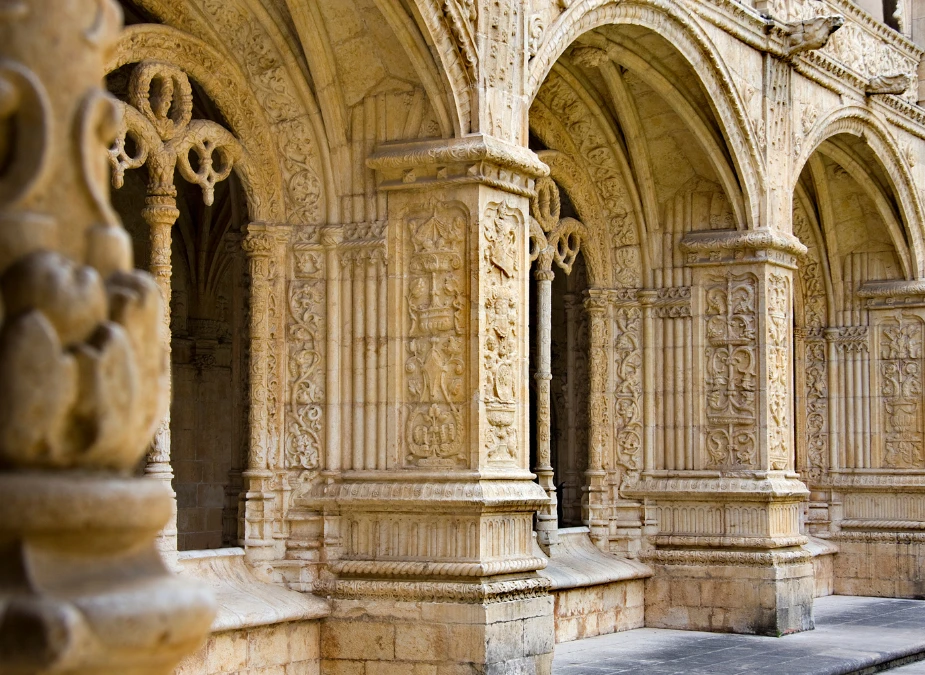
The sculptors and architects worked for over a century to complete the monastery.
The architecture has stood the test of time. The great earthquake of 1755 caused some changes to the monument built many years before.
Even today, the monastery’s architecture is regarded as one of the world’s finest and most well-built structures.
The Actual Name of the Monastery is not Jerónimos Monastery
The monastery replaced a church on the same site dedicated to Santa Maria de Belem.
The official name of this new monument is Mosteiro da Santa Maria de Belem, but it goes by the nickname “O Jerónimos,” which explains the origin of the Jerónimos Monastery.
Jerónimos Monastery Survived the 1755 Earthquake
The Jerónimos Monastery was one of the few buildings in Lisbon to survive the Great Earthquake in 1755.
While the earthquake destroyed many buildings, the monastery escaped with minor damage to the balustrade and a portion of the high choir.
These were easily and quickly repaired following the event.
Various Sea Explorations Provided Funds for the Construction of Jerónimos Monastery
The monastery’s construction would have been costly, and Portugal was not a wealthy country then.
It took more than a century to build.
During this time, treasures from voyages to Asia, Africa, and South America were sold to raise funds to continue construction.
Featured Image: HaizhanZheng from Getty Images Signature



